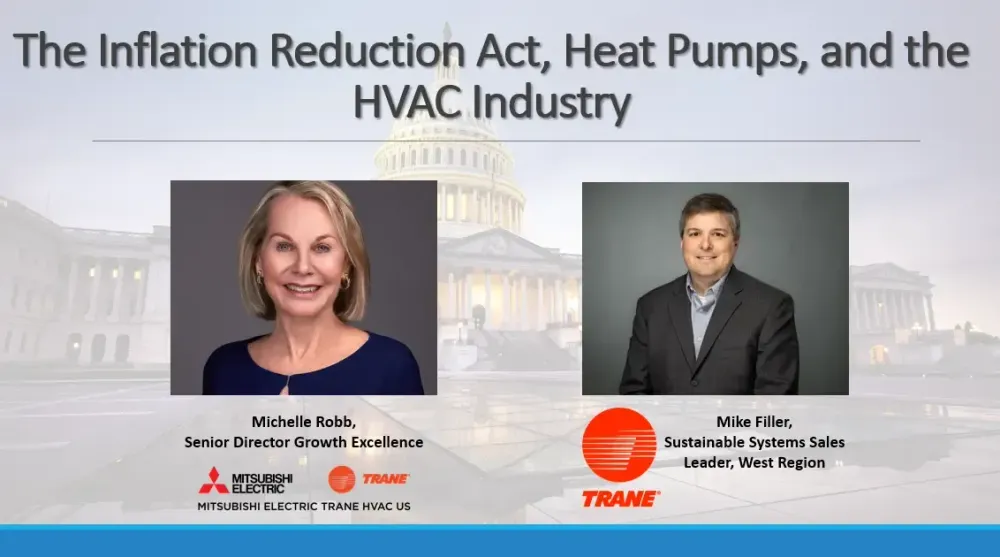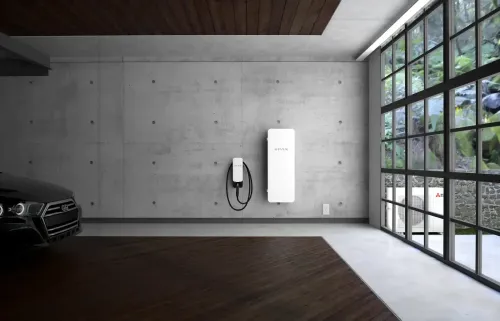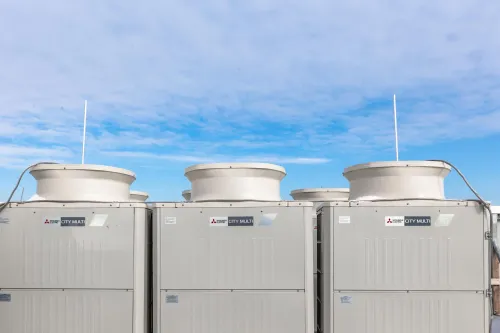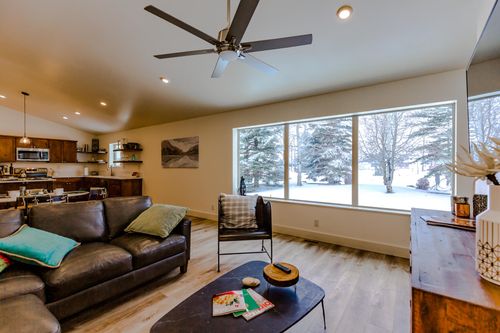In a recent webinar with ACHR News, METUS Senior Director of Growth Excellence Michelle Robb joined Trane Regional Sustainable Systems Sales Leader Mike Filler to discuss all things Inflation Reduction Act (IRA) and heat pumps. The pair provided insights into how federal incentives and rebates operate and how they benefit homeowners, commercial building owners, and HVAC contractors.
Read on for a recap of insights from the webinar.
HVAC manufacturers as key players in the IRA’s history
The IRA was designed with the HVAC industry in mind. In fact, those who developed the bill sought guidance from HVAC experts such as METUS and Trane on how the bill might increase heat pump adoption nationally.
After the IRA was signed, METUS became critically involved in shaping programs that train HVAC contractors on the IRA and help contractors in turn educate their customers on heat pumps and federal incentives.
IRA 101 for residential contractors and homeowners (25C, HER, and HEAR)
The IRA is a multi-faceted bill designed to promote energy efficiency and reduce greenhouse gas emissions in order to improve the quality of life for all US citizens. The three main components discussed here are the Federal Residential Clean Energy Credit (25C) tax credit, Home Efficiency Rebates (HER), and Home Electrification and Appliance Rebates (HEAR). Each of these incentives have components that target heat pump installations.
US residents may be eligible to benefit from the 25C tax credit when they install qualifying systems. To take advantage of the tax credit, homeowners must have an income tax liability and complete energy efficiency improvements in their primary residence utilizing equipment that meets the Consortium for Energy Efficiency’s (CEE) program specifications. Unlike a rebate, the homeowner will make the expenditure and recover the incentive when filing taxes for the year. The credit is equal to 30% of the project cost, up to $2,000 per year. This credit can be claimed annually through the 10-year duration of the program.
The HER and HEAR programs provide extra incentives for those who qualify as low- to moderate-income households (up to 150% of the area medium income). To qualify for the HER program, a homeowner must have a home modeling assessment of their proposed energy-saving methods, including heat pumps installation. The model must demonstrate a minimum of 20% energy savings for a rebate of $2,000, or half the cost of the project. Low-income households can receive up to $4,000. If the model results in an energy reduction of 35% or more, the rebate is doubled.
HEAR is designed to support low-to-moderate income households and includes up to $8,000 in rebates for heat pumps. Additional rebates for electrical panel upgrades and other improvements are available, with a total cap of $14,000 per household.
How contractors are involved in the IRA process
The HER program requires a general contractor for the project, a home energy assessment by a BPI or equivalent certified contractor, and an energy model. Sub-contractors may perform components of the project. The general contractor, who may be the HVAC contractor, must collect all required data and file the project with the governing entity. The home must be heat pump-ready, meaning all weatherization projects complete and system requirements determined, prior to installation. Once approved, the general contractors will receive the rebate for the program.
Contractors working in the HEAR program must do a light assessment of the home, looking for any issues which could impact the performance of the heat pump. These could include weatherization needs, window or roof issues, and more. Once complete, the contractor will determine the heat pump requirements, proposes the equipment to meet the needs of the home, and provide a quote to the homeowner. After the project is completed, the rebate amount will be deducted from the contractor’s invoice and the remaining balance will be paid by the homeowner. The contractor must file rebate and necessary paperwork with the governing entity and will be paid directly once approved.
The future of the IRA
When asked about the decarbonization trend in the residential sphere, Robb said, “It is absolutely growing, and we’ve seen it for years, even before the IRA. Homeowners are increasingly sustainability-minded when it comes to home improvement, which is a key driving factor in heat pump adoption. They are looking for ways that they can be more efficient, with energy usage remaining top of mind.”
Robb believes that equipping contractors with the right tools is essential to heat pump success, as they are the conduit for decarbonization. “We’re educating the contractor as well as the homeowner,” Robb says. “And through that education, we’re teaching them what the program is so they know how to speak to it.”
Please register for the webinar to access the on-demand video, where you will get full breakdowns of Robb and Filler’s insights. For more information on how you can benefit from the IRA, visit the METUS IRA page.









